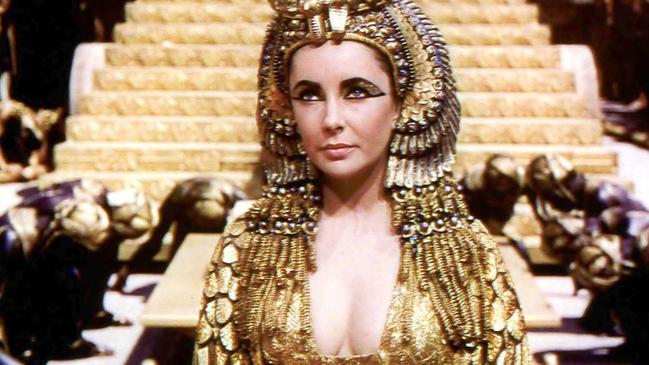Scientists recreate Cleopatra’s 2000-year-old perfume
Many historians have tried to determine how beautiful she was; far fewer have wondered how she smelt.

Many historians have tried to determine how beautiful she was; far fewer have wondered how she smelt. Now scientists believe that they have recreated the perfume worn by Cleopatra.
A team of archaeologists and perfume experts has concocted a scent they say was the Chanel No 5 of the day, and which may have been used by the last queen of ancient Egypt.
Legend has it that when Cleopatra visited Marc Antony in Tarsus she doused the purple sails of her royal golden ship in enough perfume that it could be smelt long before it reached shore.
The recipe for the recreated scent was a result of a decade-long dig by a team of archaeologists from the University of Hawaii at a site north of Cairo called Tell-el Timai. This area was known in ancient Egypt as the city of Thmuis, founded in about 4500BC, and was home to the best-known perfumes, called Mendesian and Metopian.
“It was the most prized perfume of the ancient world,” Robert Littman, an archaeologist at the university, told the travel magazine Atlas Obscura. In 2012 the team discovered a factory used by a perfume merchant in about 300BC, which included a space for manufacturing some sort of liquid as well as several bottles and jugs with residue still inside them.
The bottles retained no scent but chemical analysis of the residue revealed some of the ingredients. Mr Littman and Jay Silverstein, a colleague, presented their findings to Dora Goldsmith and Sean Coughlin, experts on Egyptian perfume, who then helped to recreate the scent following methods found in ancient Greek texts.
The basis of the scents is myrrh, a resin taken from a thorny tree found in the Horn of Africa and the Arabian peninsula. The team added ingredients including cardamom, olive oil and cinnamon.
The resulting perfume is thicker and stickier than modern fragrances, almost like olive oil, and produces a strong, spicy scent that lingers longer than today’s concoctions.
“What a thrill it is to smell a perfume that no one has smelt for 2000 years and one which Cleopatra might have worn,” Mr Littman said.
However, California perfumer Mandy Aftel, who in 2005 helped to reproduce a fragrance used to scent a child mummy, said Cleopatra was likely to have had her own perfume factory and signature scent: “I don’t think anybody knows for sure what she used.’’
The Times


